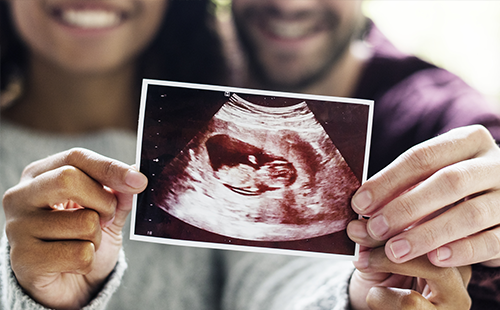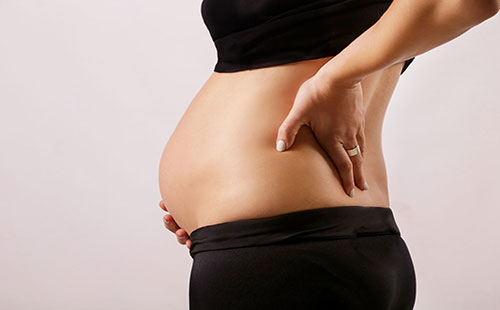We are now offering online scheduling! Existing patients can book their next appointment online. Click below to view available time slots and book your next appointment.
Welcome to
Serene Health OBGYN & Wellness Services In Ft. Lauderlade, Florida
Dr. Skeete Henry and her staff are dedicated to providing quality medical services with an emphasis on delivering clinical excellence and outstanding customer service in a warm, welcoming, family-friendly environment. We realize that every person is unique and we are committed to offering customized care to meet the physical, social and emotional need of each patient. Our vision is to be a leading provider of women’s healthcare by offering a broad spectrum of innovative services while exceeding patient expectations. Our core values are respect, integrity, compassion, excellence and dedication
Meet
Dr. Skeete Henry
Delisa Skeete Henry, MD, is a board-certified Obstetrician and Gynecologist practicing in South Florida for almost 20 years. Dr. Skeete Henry, a native of Guyana, South America, was raised in Miami where she attended the University of Miami and matriculated with undergraduate honors in Biology and a minor in both Chemistry and Psychology. She went on to earn her doctorate degree from the University of Miami, School of Medicine. She then completed her OB/GYN residency at Albert Einstein Medical Center in Philadelphia, PA.

Watch: Dr. Skeete Henry & Home Deliveries During COVID-19
Our Services
We strive to provide women of all ages with caring, up-to-date gynecological and family planning services.
Testimonials

“Best OB Dr Around hands down! She knows her job and is VERY well at giving her honest and courteous feedback”
“Dr. Skeete is the best DR, has very good bedside manners. The whole staff is very friendly and nice and helpful. She’s the best OB-GYN in town”
“The workers are super friendly and especially NPR Lindsey she was very informative on everything she was doing while I was there for my annual Pap. Definitely won’t be going anywhere else after today”












